To remove VOCs after crafting with epoxy resin, start by airing out your workspace right away. Open windows and use fans to boost ventilation.
Use an air purifier with an activated carbon filter to help trap and remove VOCs from the air. Always store leftover epoxy resin and hardeners in tightly sealed containers, away from living spaces.
Clean up with natural products like vinegar and water instead of harsh chemicals. Keeping your HVAC system well-maintained also helps move fresh air through your home.
Even small steps make a big difference in clearing out fumes and keeping your air fresh after resin projects.
What Are VOCs And Why Eliminate Them?
Volatile Organic Compounds (VOCs) are chemicals that easily become gases and linger in the air, especially after using products like epoxy resin. When you craft with epoxy, some of these fumes are released as the resin cures, affecting your indoor air quality and your health.
Why Worry About VOCs After Epoxy Resin Crafting?
Epoxy resin, paints, adhesives, and even some cleaners all emit VOCs. Breathing these in can cause headaches, dizziness, or throat irritation right away.
If you’re exposed often or for long periods, certain VOCs can even raise your risk for serious health issues, especially if anyone in your home has asthma or allergies.
How VOCs Linger After Resin Projects
VOCs don’t disappear instantly. Epoxy resin can keep releasing fumes for hours or even days as it fully cures, especially in rooms without much airflow. If your space isn’t well-ventilated, these gases can build up and stick around, making the air feel stuffy and uncomfortable.
That’s why it’s important to know how to quickly remove VOCs after crafting with epoxy resin, so you can keep your home’s air clean and safe.
How To Test And Assess VOC Levels
After working with epoxy resin, it’s helpful to know if VOCs are still hanging around in your space. You can easily check air quality yourself with a VOC monitor, or call in a professional for more detailed results.
DIY VOC monitors are simple devices that give you a quick reading of the total VOCs (TVOC) in your air—usually in parts per million (ppm) or micrograms per cubic meter (µg/m³).
They’re great for checking if your room is safe to use again after crafting. Most monitors show a general level for all VOCs together, so if your reading is high or you want to know exactly which chemicals are present, a professional test is best.
As a general rule:
- TVOC under 0.3 mg/m³ = good air quality
- 0.3–0.5 mg/m³ = moderate, some people may notice irritation
- Over 0.5 mg/m³ = poor, possible health risks
Keep an eye on your VOC levels, especially after big resin projects or when you bring new materials into your home. Regular checks help you spot problems early and take action to clear the air.
Remove VOCs At The Source
Resiners® Crystal Clear Epoxy Resin with Tailored Diversion Port
Start cutting down VOCs by making smart choices before and after your epoxy resin projects. Whenever possible, choose epoxy resins and pigments labeled “low-VOC” or “VOC-free” Tthese release fewer fumes as they cure.
For a safer crafting experience, try Resiners' VOC Free Epoxy Resin, specially formulated to minimize harmful emissions while delivering professional results.
After crafting, always store leftover resin, hardeners, and any cleaning chemicals in tightly sealed containers, away from heat and sunlight. Don’t throw old resin or solvents in the trash or down the drain; take them to a hazardous waste collection site if you can.
Let new supplies or tools air out in a well-ventilated area before using them in your workspace. By picking safer products and storing them properly, you’ll keep indoor air cleaner and reduce VOCs right from the start.
Discover top-rated, safer options in our complete guide: Best Epoxy Resin for DIY and Professional Projects.
Improve Ventilation And Airflow
AirLess Bubble Removal Machine
Moving fresh air through your workspace is one of the best ways to get rid of VOCs after working with epoxy resin. Open windows and doors right after crafting to let fumes escape, and use fans to help push stale air outside. Even a few minutes of airflow can make a big difference.
Exhaust fans in kitchens or bathrooms are also great for pulling VOCs out of the air.
If you use your HVAC system, try to upgrade to filters with activated carbon, which help trap gases as well as dust. Regularly bringing in outdoor air and keeping ducts clean will also help lower VOCs.
Sometimes, air conditioning can trap VOCs by just recirculating indoor air. To avoid this, open windows or doors for short periods each day to let fresh air in.
If you can’t open windows—especially in winter or in tight spaces—use an air purifier designed for resin fumes.
The Resiners® Purair Air Purifier for Resin Fumes uses activated carbon to capture and remove VOCs, making it a smart choice for resin crafters who want cleaner air all year round.
Affordable And Natural VOC Reduction Hacks
You don’t need fancy equipment to cut down VOCs after using epoxy resin—simple, natural solutions can help clear the air. These methods target VOCs left behind after crafting and are easy to use in any workspace.
Activated Charcoal, Baking Soda, and Vinegar
Place bowls or bags of activated charcoal near your resin project area. Activated charcoal naturally absorbs VOCs from the air and can be reused—just let it dry out in the sun if it feels saturated.
Baking soda won’t absorb VOC gases, but it helps neutralize odors that sometimes come with resin projects. Sprinkle it on carpets or soft surfaces and vacuum it up later.
For surfaces, wipe down your workspace with a mixture of vinegar and water to help remove any lingering VOC residues from spills or drips.
DIY “Bake-Out” for Faster VOC Removal
If you need to speed up off-gassing after a big resin project, try a “bake-out.” Heat your room to above 80°F (27°C) with the windows open for a few hours. This encourages materials to release VOCs more quickly, and the open windows let fresh air flush them out.
Can Plants Help?
While it’s a nice idea, research shows that houseplants only make a tiny difference in removing VOCs. They’re great for adding oxygen and humidity, but don’t rely on them for serious air cleaning. Use plants as a bonus—always pair them with good ventilation.
Control Humidity and Temperature
VOCs are released faster in warm, humid conditions. After crafting, keep humidity below 50% with a dehumidifier and use air conditioning to maintain a steady, cool temperature. This slows down VOC release from your resin and other materials.
Monitor your workspace with a humidity and temperature gauge, and make sure to keep air moving with open windows or exhaust fans to push VOCs out and bring fresh air in.
Keep VOC Levels Low After Epoxy Resin Crafting
Removing VOCs after using epoxy resin isn’t a one-time job—it’s about building good habits that keep your air clean for the long run.
Routine Cleaning and Dust Control
Wipe down your workspace often with a damp cloth, since dust can trap VOCs and other pollutants. Vacuum floors and furniture with a HEPA filter vacuum to remove fine particles.
Stick to non-toxic, low-VOC cleaning products so you’re not adding more chemicals back into the air. Don’t forget to wash curtains, table covers, or any fabrics near your crafting area, as they can hold onto VOCs.
Maintain Air Filters and Monitor Air Quality
Change your HVAC and air purifier filters regularly, at least every three months, or as recommended.
Clean filters work better at trapping and removing VOCs. Use a VOC monitor occasionally to check your air, especially after big resin projects, and track trends over time to see what’s working.
When to Call in the Pros
If you notice strong odors or high VOC readings that just won’t go away, consider calling an indoor air quality (IAQ) professional. They can deep-clean your HVAC system, recommend upgrades, or help you find hidden sources of VOCs in your home.
Catching problems early keeps your crafting space and your whole home safer and more comfortable.
Conclusion
liminating VOCs is easier than you think. Just open a window, choose low-VOC paints and cleaners, and set up an air purifier with activated carbon. These simple steps help freshen your indoor air fast.
To keep your air clean long-term, store chemicals safely, maintain your HVAC system, and pick natural cleaning products. With a few habits and good tools, you’ll turn your home into a healthier space where VOCs stay out and fresh air stays in.
Learning how to eliminate VOCs is just one way to make your resin crafting safer and greener. If you want to understand the bigger environmental impact of resin, don’t miss our full article: Is Resin Bad for the Environment? A Crafter's Guide.
Frequently Asked Questions
How do you naturally get rid of VOCs?
To naturally remove VOCs, open your windows a lot for fresh air. Cross-ventilation pushes old air out and brings in new.
Houseplants like spider plants or peace lilies add a little help, but don’t expect miracles. Avoid strong chemical products—use baking soda or vinegar as cleaners instead. Store paints and chemicals outside or in sealed containers. Regular cleaning keeps dust (and VOCs) from hanging around.
How to bring VOC down?
Ventilation’s your best friend here. Open windows or run fans when painting, cleaning, or doing anything that releases VOCs. Air out new furniture and carpets before you bring them in.
Keep products with VOCs in airtight containers or separate rooms. Pick low-VOC or no-VOC paints and materials when you can. Clean up dust often with a HEPA vacuum and wipe down surfaces to stop VOCs from sticking around.
How do we reduce VOCs?
Start by picking household products labeled “low-VOC” or “VOC-free.” Swap out old stuff that gives off chemicals for safer options. Cut back on air fresheners, sprays, and strong cleaners indoors.
Keep humidity between 30-50%—that helps slow VOC reactions. Use exhaust fans when you cook or shower, and fix leaks or damp spots that might boost VOCs. Just airing things out regularly makes a big difference.
Does vinegar get rid of VOCs?
Vinegar’s great for cleaning, but it doesn’t pull VOCs from the air. It’ll kill some germs and take care of odors, but it doesn’t capture or neutralize VOC chemicals.
Use vinegar instead of harsh cleaners that release VOCs. For cleaning the air itself, you’ll need ventilation or a good air purifier—vinegar just won’t do it.
Do air purifiers get rid of VOCs?
Some air purifiers can cut down on VOCs, but honestly, not every type does the trick. Purifiers with activated carbon filters trap VOC gases inside the filter’s pores.
HEPA filters, on their own, can’t remove VOC gases—they just catch particles. If you want to tackle VOCs, look for purifiers that specifically mention VOC or chemical removal.
Remember to swap out carbon filters often, since they lose their punch over time. Pairing an air purifier with good ventilation and cutting down on sources of VOCs? That’s probably your best bet.

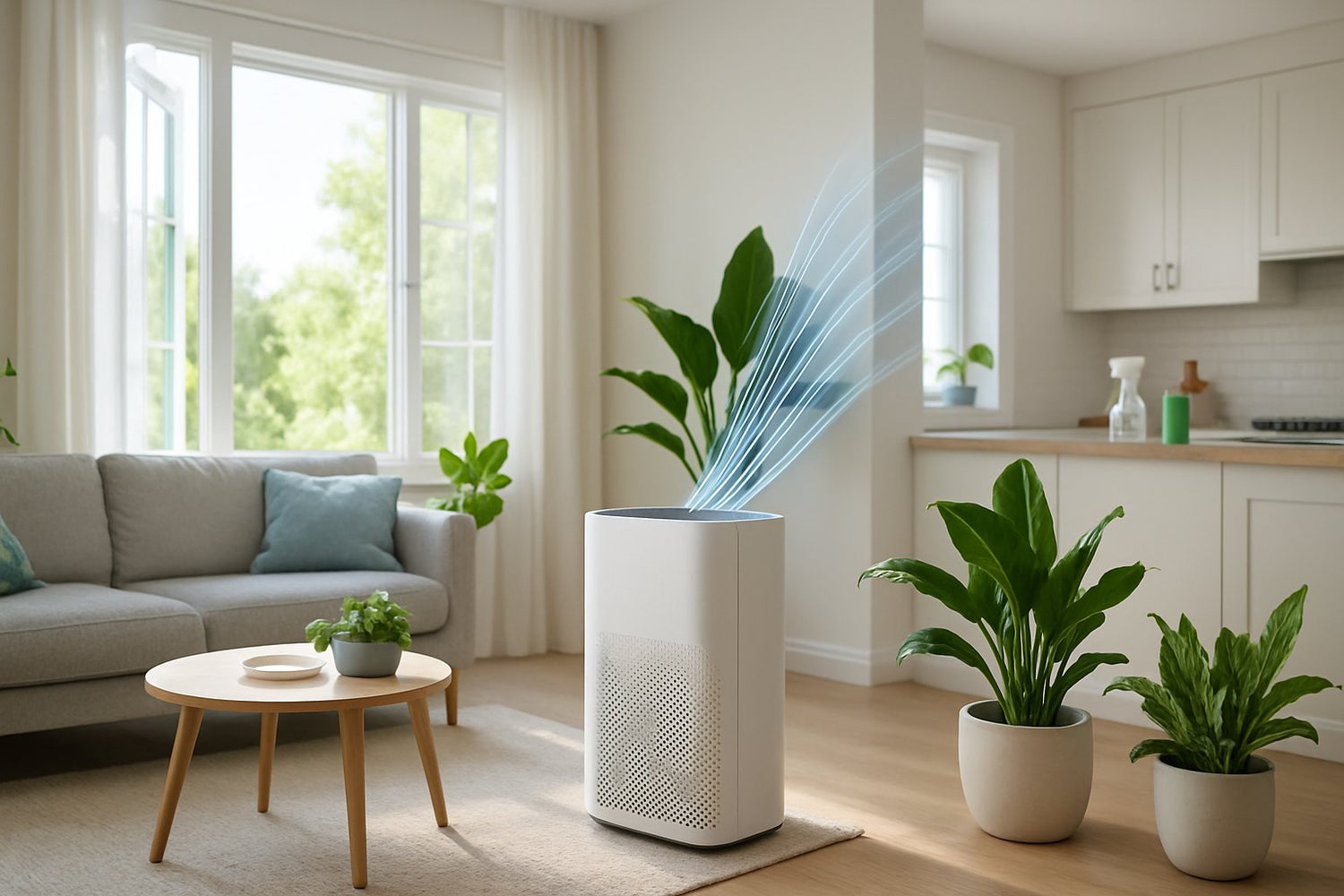


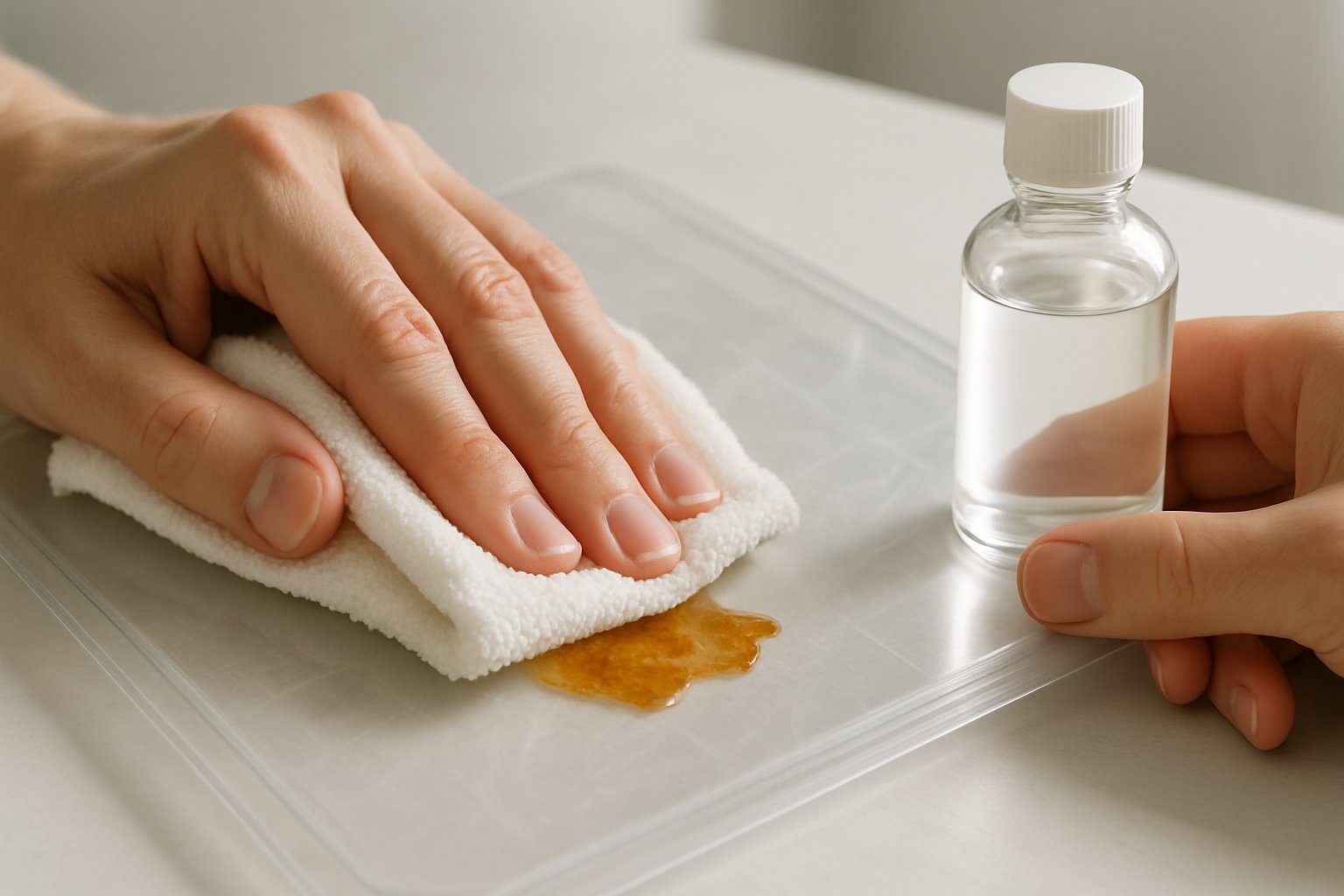
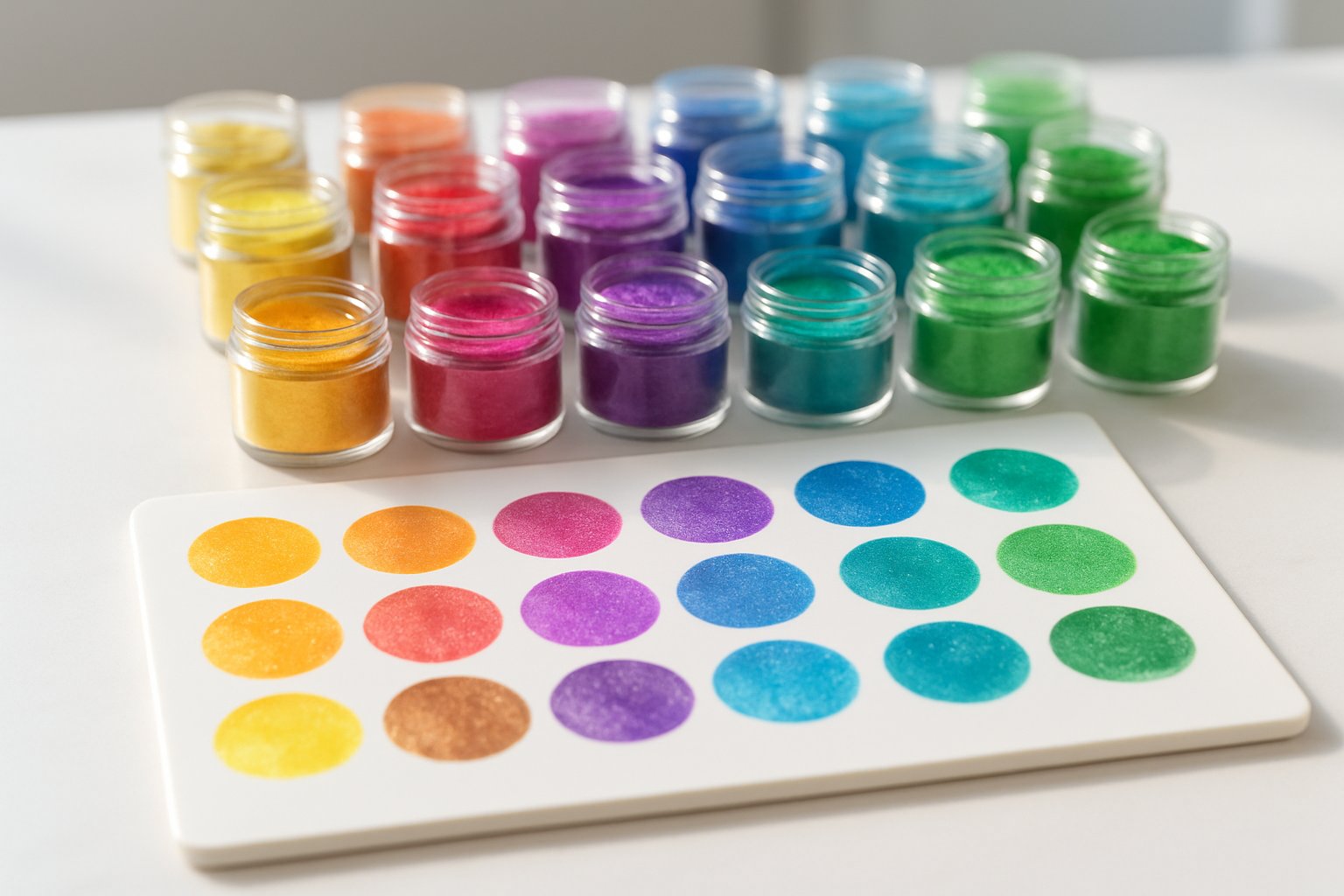
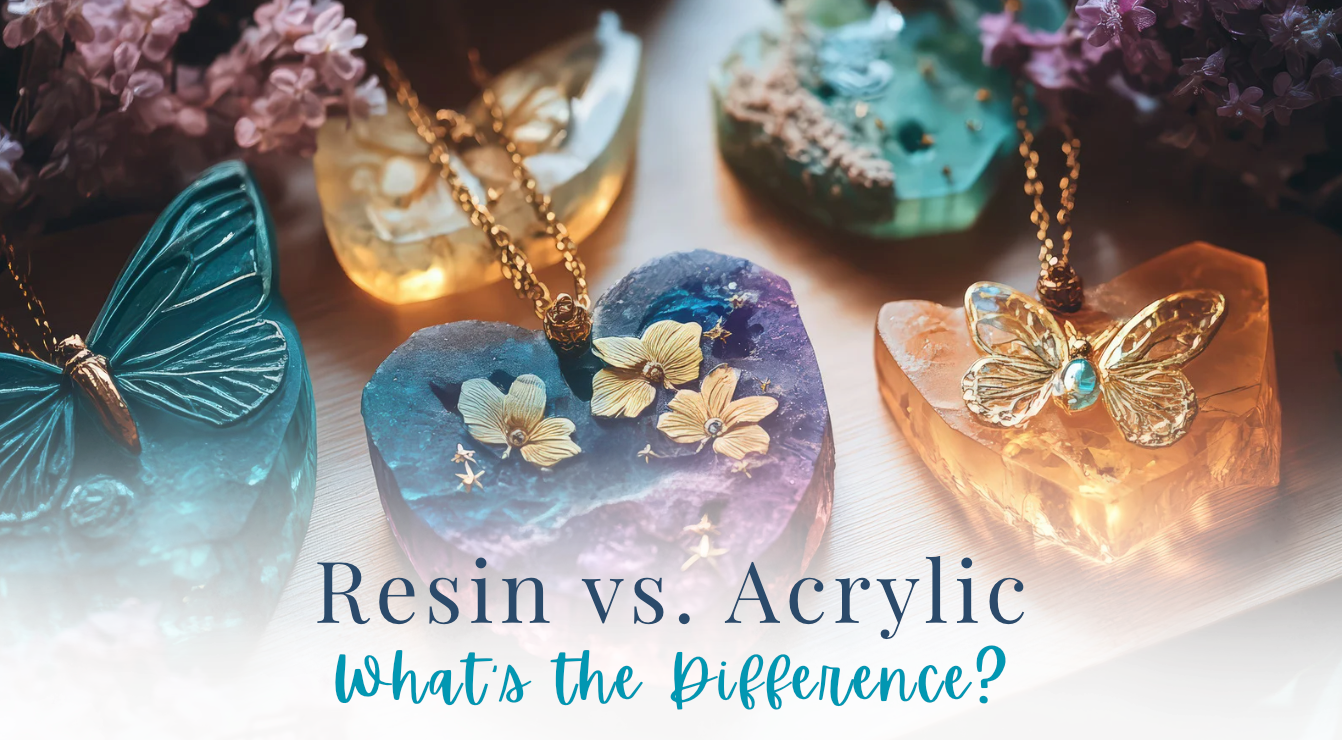
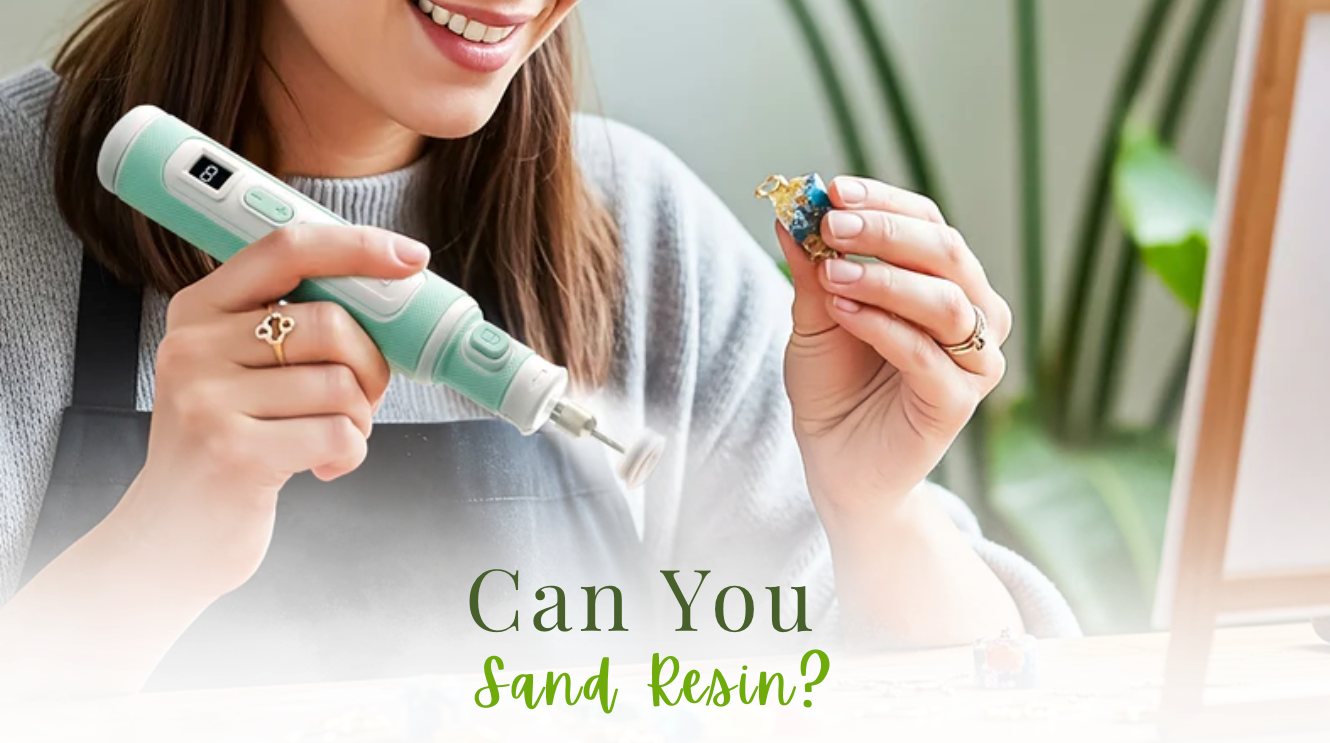
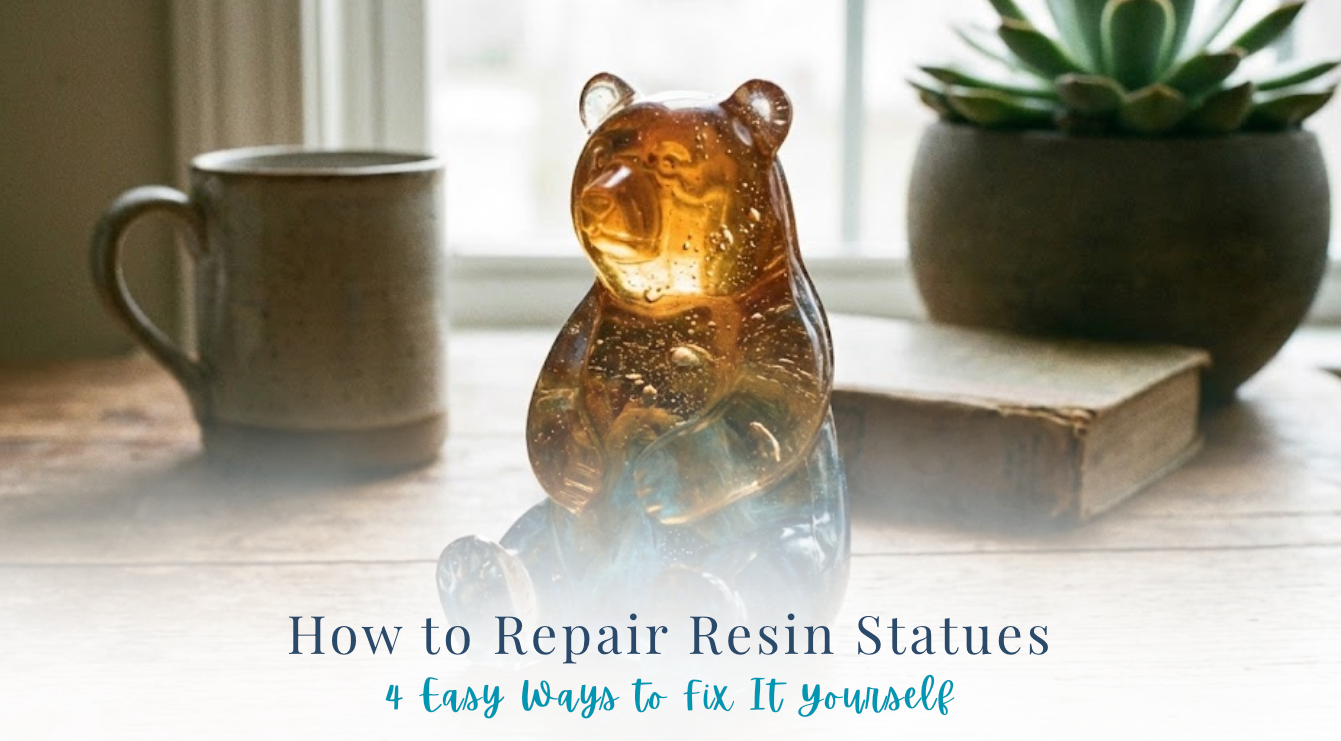

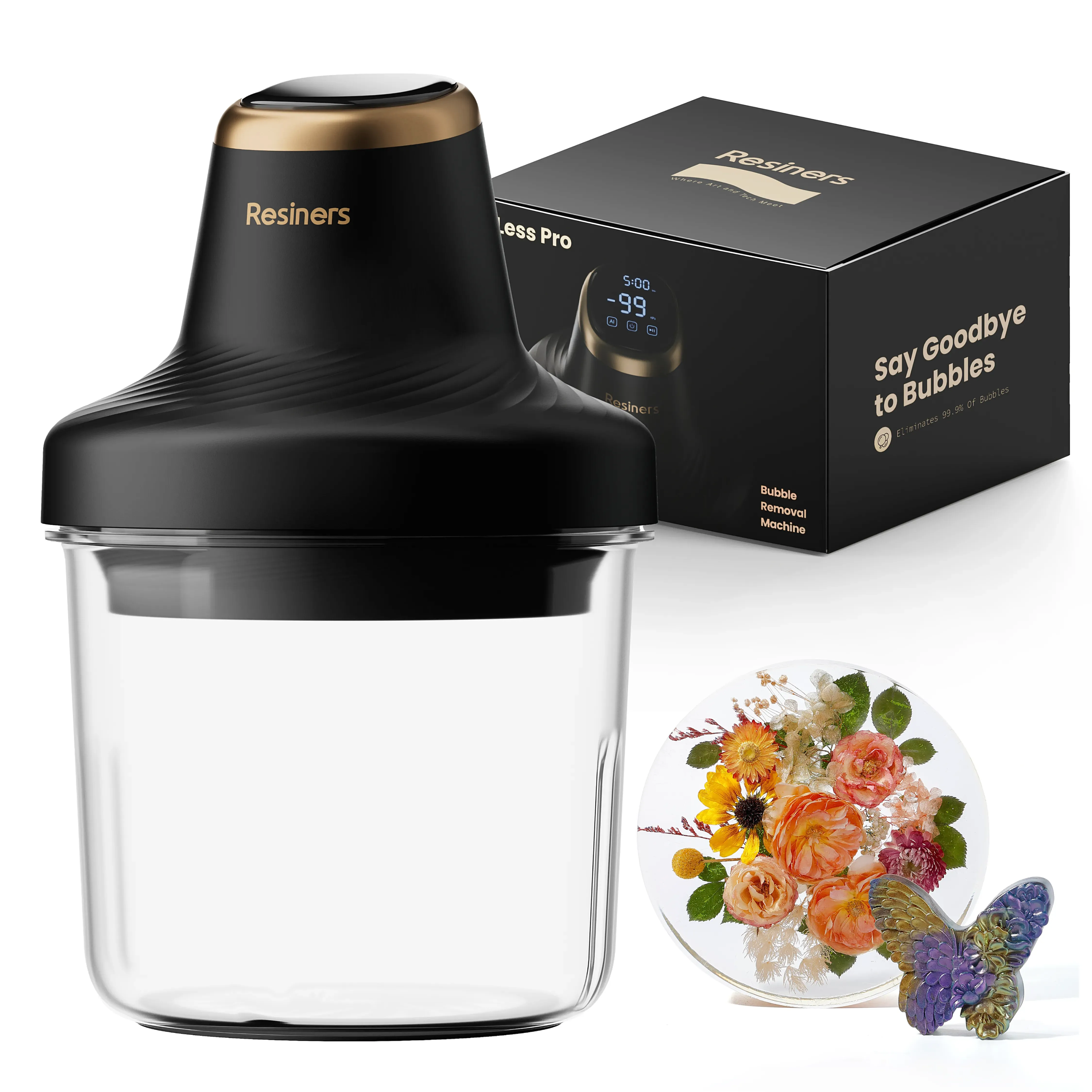
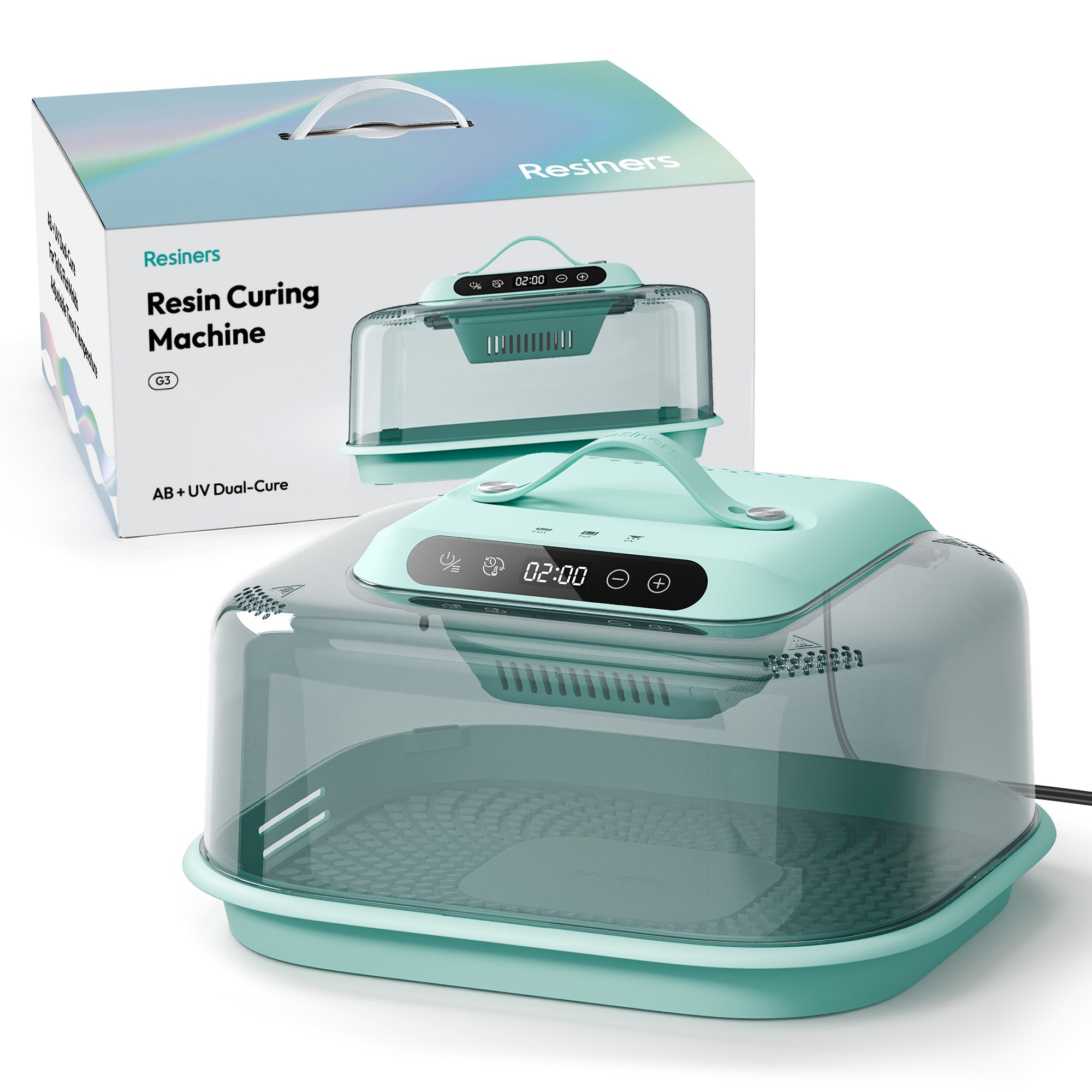

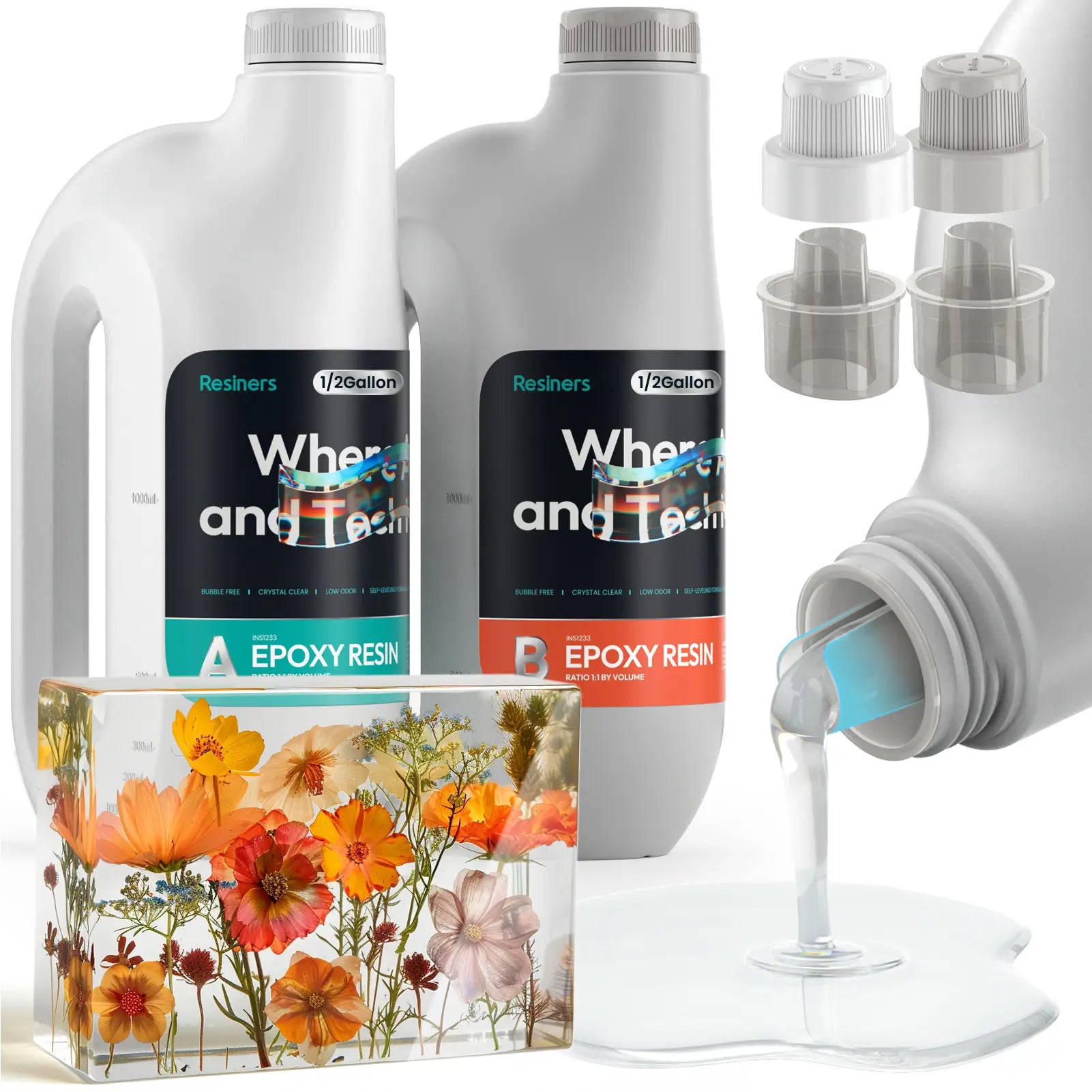
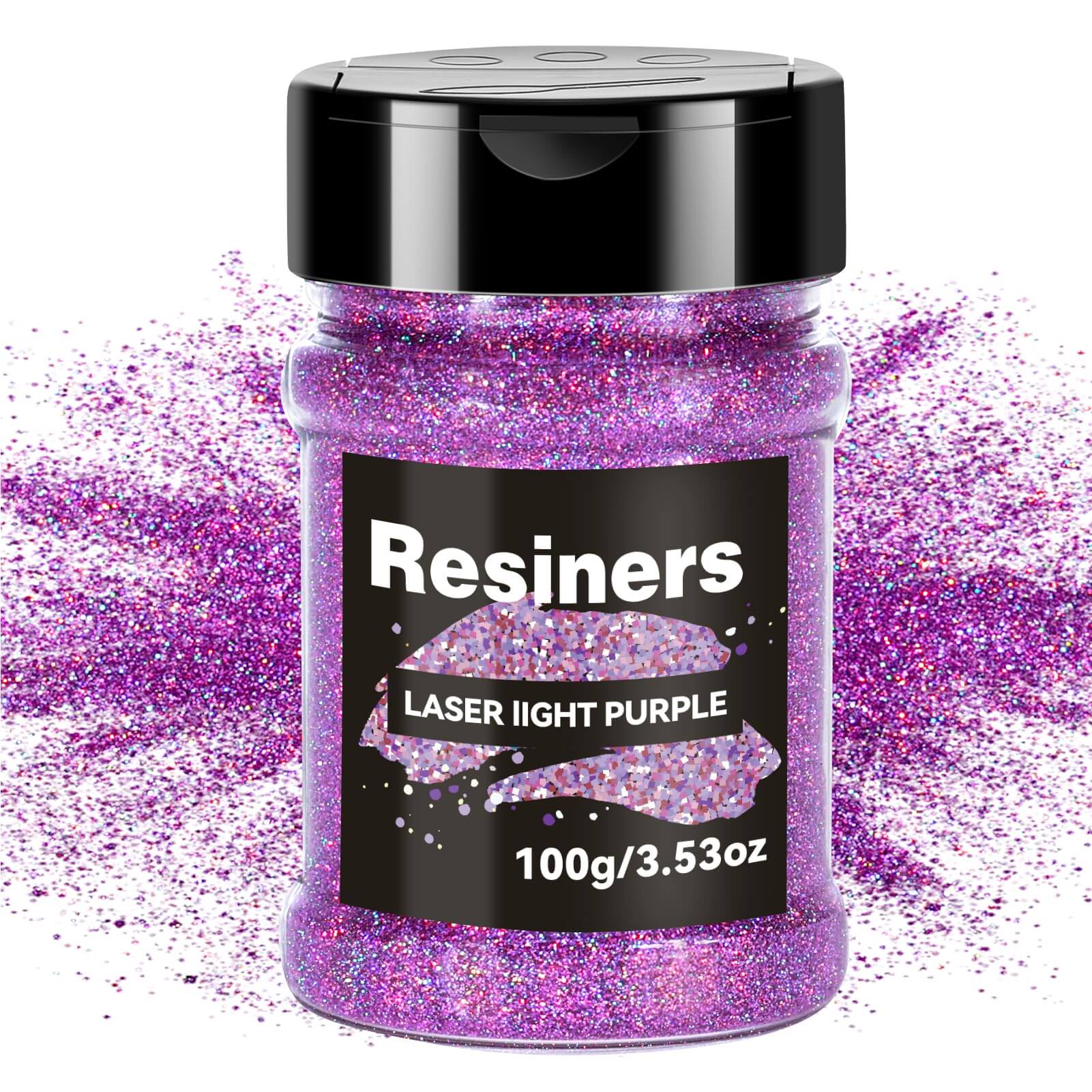
Leave a comment
This site is protected by hCaptcha and the hCaptcha Privacy Policy and Terms of Service apply.